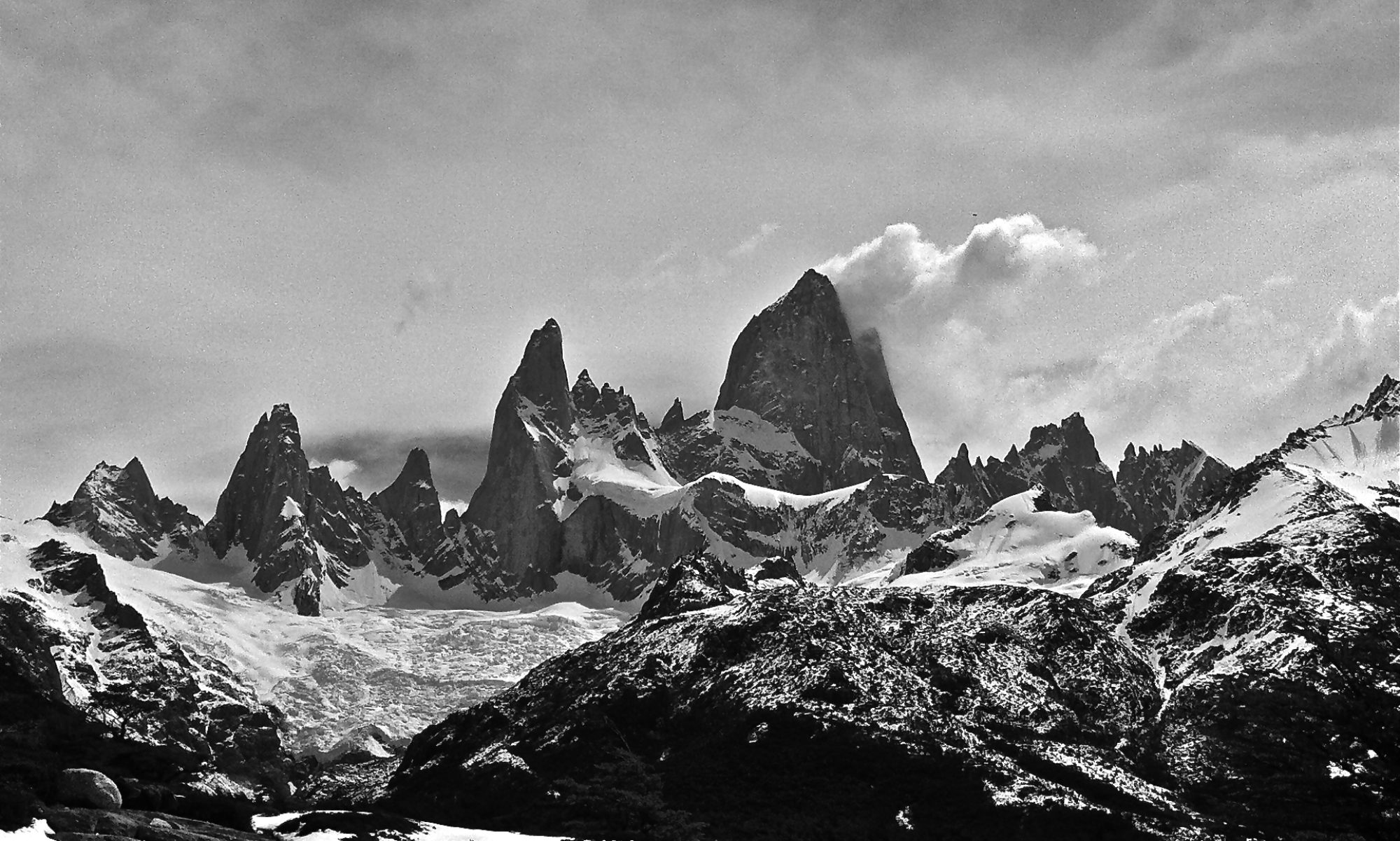We took a day-trip from Bogotá to visit Lake Guatavita and the town of Guatavita La Nueva. It’s a circular lake at the top of a symmetrical mountain, and it looked to me like a small version of Crater Lake in Oregon. I guessed that it was also a collapsed volcano that had filled with water.

However, though that was a common theory, it’s now believed that it’s a sinkhole that developed when underground salt deposits dissolved.
The local indigenous tribe, the Muisca, hold the lake as a sacred place. We learned from our Muisca guide that the tribe’s succession of kings comes from the son of the current king’s sister (i.e. a nephew). The successor spends his first nine years in a cave with his mother, then the following nine years in relative isolation in the cave. After that, the to-be king is stripped naked, covered with gold dust, and enters the lake to wash off the gold dust and emerge as the new king. Gold and other treasures were thrown in the lake during the ceremony. When the Spanish arrived in the 16th century, they learned of the ceremony and thought the lake was the entrance to El Dorado, or a mythical city of gold.
Multiple efforts to extract gold from the lake were made over the years. The Spanish made the Muisca dig down a side of the mountain encompassing the lake in an effort to drain the lake and retrieve the gold. Though they were successful in extracting some gold, upon smelting it back in Spain the ore was found to be at least half copper and not very valuable. A subsequent British effort involved building a tunnel through the mountainside to again lower the water level. The effort went bankrupt and the head of the venture had to remain in Colombia until his death rather than return to Britain and face his debts. The tunnel eventually collapses leaving a gap in the hillside that further lowered the water level. Erosion is slowly filling the gap back in, and the water level has been rising, though it’s still way below its previous levels.
Though it’s hard to see in our pictures, we’re looking across the man-made gap here. The water level was once near the top of the hillsides you can see.

Here are a couple of panoramic shots that show how elevated the lake is compared to the surrounding land.


After visiting the lake we went to the town of Guatavita La Nueva, or New Guatavita. The “New” is because the old town was flooded and completely destroyed. Well, not quite completely. The only remaining artifact is the cross that was atop the church at the highest point of the old town.
I commented that the new town looked exactly like the Pueblas Blancas we’d seen in Spain. All of the buildings are white with red tile roofs. Well, there’s good reason: the new town was designed by the Spanish.

There’s even an old bullfighting ring, though bullfighting is now illegal.

We were able to step inside the bullfighting ring.

And this is what it looks like it you stand in the center of a ringed building and take a panoramic shot around it. (This is most of the way around.)

